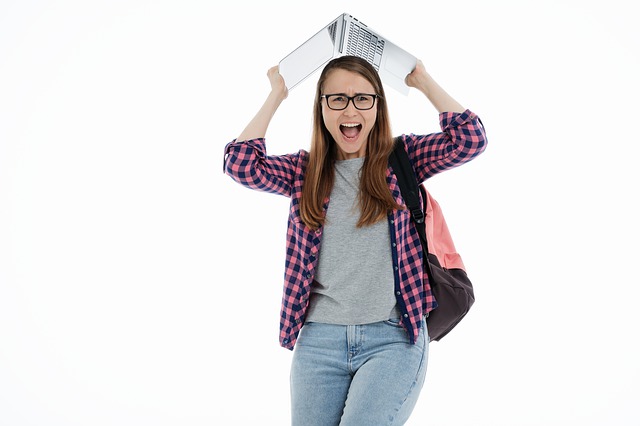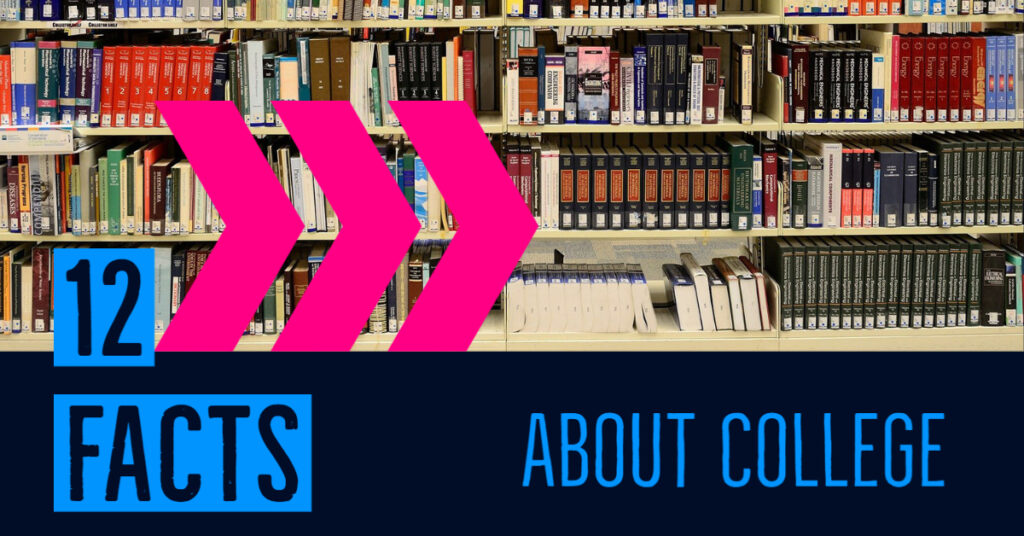
High school graduation day is supposed to be one of the best days in your life. But the unsettling truth is it can be a time of great anxiety—for both students and parents. Even though this is a milestone, a combination of both positive and negative emotions can turn this happy time into one filled with stress. It’s hard to imagine that this time for celebration also produces feelings of fear, frustration, sadness and separation. But it does.
Why is there such anxiety around this time of celebration and accomplishment?
Graduation Anxiety for the Students
Of course students are happy and excited about their graduation; but they can also exhibit signs of stress and anxiety. The very nature of this life event brings a whole range of emotions to the surface. It’s important for parents to understand what their teen is feeling to help them through the transition.
Fearing the unknown
It’s only natural for students to be afraid of what lies ahead. Even if they have visited the campus and talked to faculty and students, the very fact that they will be entering uncharted territory brings up the fear. They have no idea what to expect once they arrive on campus. They know academics will be more difficult—will they be able to handle the rigors of college courses? All of these unknown factors cause them to be afraid (even though they might not admit it).
Continue reading Are You Having Graduation Anxiety?








